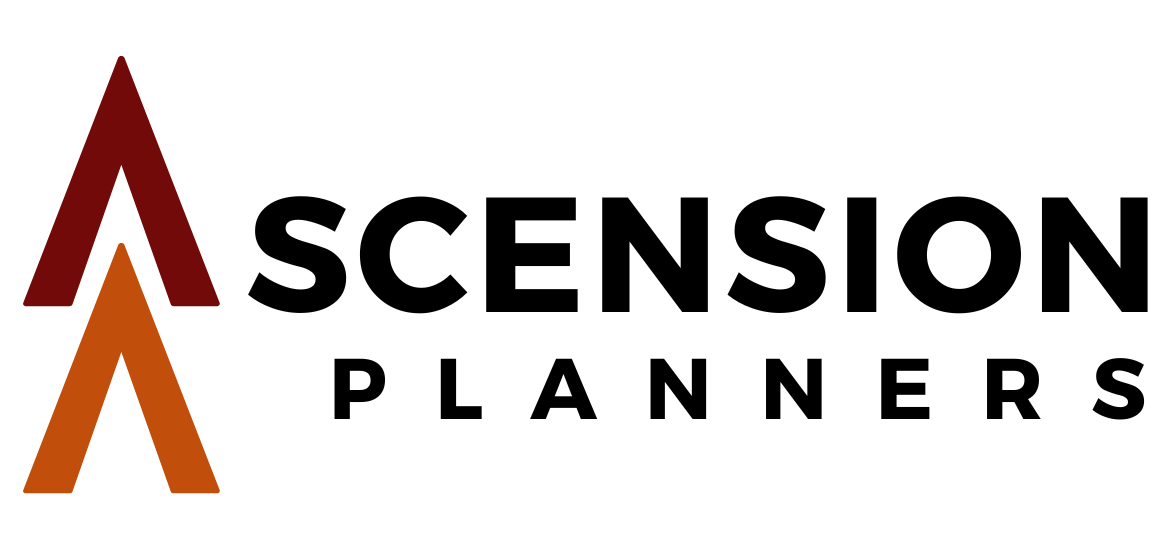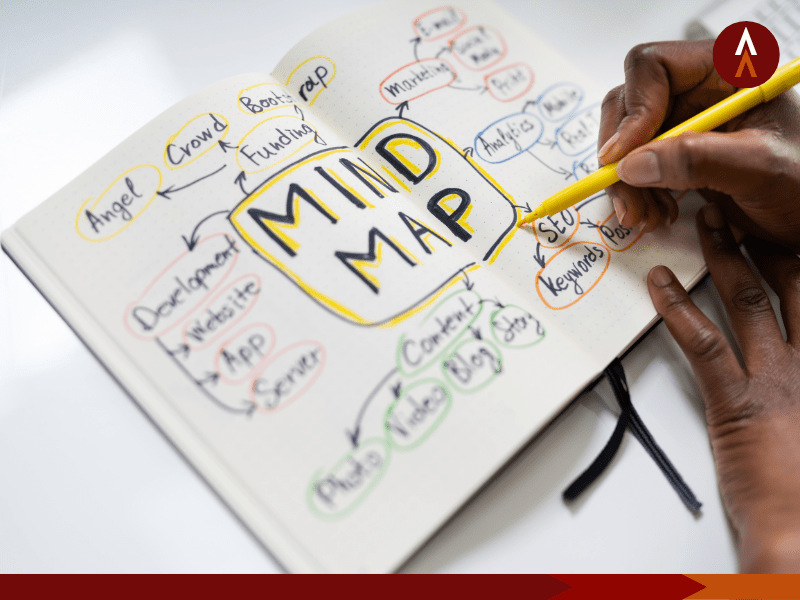
If you’re looking for a powerful tool to help you plan and organize your thoughts, consider trying mind mapping. Mind mapping is a visual brainstorming technique that can help you generate new ideas, make connections between concepts, and organize your thoughts in a clear and concise way. In this guide, we’ll explore the benefits of mind mapping for effective planning and productivity, and provide tips on how to get started.
Benefits of Mind Mapping for Effective Planning and Productivity
Mind mapping is a visual tool that allows you to organize, brainstorm, and connect ideas in a non-linear way. It involves creating a central idea or topic in the center of a page and branching out to related ideas with lines and subtopics. Mind mapping can help you improve your productivity and planning by providing a clear and organized representation of your ideas, tasks, and goals. It is a flexible and versatile tool that can be used for a variety of purposes, such as project management, note-taking, and creative problem-solving.
- Enhances Creativity and Idea Generation: Mind mapping is a great way to tap into your creative side and generate new ideas. By using visual cues and free-form thinking, you can explore new concepts and connections that you may not have otherwise considered.
- Improves Memory Retention: Mind mapping is a great way to improve memory retention by organizing information in a visual and memorable way. By using images, colors, and keywords, you can create a visual representation of your thoughts that is easier to remember and recall later.
- Increases Productivity: Mind mapping can help you stay focused and organized, leading to increased productivity. By breaking down complex tasks into smaller, more manageable pieces, you can prioritize your workload and stay on track.
- Enhances Collaboration: Mind mapping is a great tool for collaboration, allowing teams to brainstorm and organize ideas together in real-time. This can help facilitate communication and foster teamwork, leading to more effective planning and execution.
How to Get Started with Mind Mapping
- Start with a Central Idea: To create a mind map, start with a central idea or topic in the center of the page. This could be a project, goal, or theme that you want to explore.
- Add Branches and Sub-Topics: From the central idea, add branches to represent sub-topics or related concepts. Each branch should be connected to the central idea and labeled with a keyword or phrase.
- Use Colors and Images: To enhance memory retention and stimulate creativity, use colors and images to represent different ideas and concepts.
- Make Connections: As you add branches and sub-topics, look for connections and relationships between different ideas. Use arrows or lines to connect related concepts and ideas.
- Refine and Organize: Once you have created your mind map, take time to refine and organize it. This may involve adding more detail or reorganizing branches to create a clearer and more concise representation of your thoughts.
Mind mapping is a powerful tool for effective planning and productivity. By using visual cues and free-form thinking, you can generate new ideas, organize your thoughts, and stay on track with your goals. Whether you prefer digital tools or pen and paper, there are a variety of resources available to help you get started with mind mapping. Try incorporating mind mapping into your planning and productivity routine and see how it can help you achieve your goals.
Other Tools and Resources for Mind Mapping
There are a variety of tools and resources available to help you get started with mind mapping, including:
- Mind Mapping Software: There are several software options available for creating digital mind maps, including MindMeister, XMind, and Coggle.
- Pen and Paper: If you prefer a more tactile approach, you can create a mind map using pen and paper. This can be a great option for brainstorming and ideation.
- Templates: Many mind mapping tools offer templates and examples to help you get started, including templates for project planning, brainstorming, and more.

